In the labyrinthine alleys of Istanbul’s contemporary art scene, a quiet revolution is unfolding. Turkish women artists, long overshadowed by their male counterparts and global misconceptions about the Islamic world, are now stepping into the spotlight with bold, unapologetic work that challenges stereotypes and redefines cultural narratives. Their rise isn’t just a local phenomenon—it’s a resonant statement about gender, creativity, and identity in a region often misrepresented by Western media.
The art world has historically framed Middle Eastern and Islamic societies through a lens of restriction, particularly for women. Yet Turkey, straddling Europe and Asia, has always been a cultural crossroads where tradition and modernity collide. Today, its female artists are leveraging this duality to create works that are deeply personal yet universally compelling. From painterly explorations of Anatolian folklore to multimedia installations dissecting urban alienation, their art refuses to be pigeonholed.
What makes this movement remarkable is its defiance of binaries. These artists neither reject their cultural heritage nor uncritically accept patriarchal norms. Instead, they engage in a nuanced dialogue—using Ottoman miniature techniques to depict feminist allegories, or weaving Quranic calligraphy into critiques of domestic violence. This interplay of reverence and rebellion gives their work an electric tension, attracting curators from Berlin to Tokyo who seek art that transcends easy categorization.
Galleries in Istanbul’s Beyoğlu district report a surge in exhibitions featuring women artists under 40, many of whom trained at Turkey’s prestigious Mimar Sinan University before gaining international residencies. "Five years ago, collectors would ask me, 'Why so many women artists?'" says curator Defne Ayas. "Now they ask, 'Who are the rising stars we’re missing?'" The shift reflects both changing attitudes and the sheer quality of work being produced—like Büşra Kökten’s haunting video essays on migration or İnci Eviner’s subversive reimaginings of classical Islamic art.
Technology has been a crucial ally in this ascent. Social media allows artists to bypass traditional gatekeepers, with Instagram serving as a virtual gallery for pioneers like Canan Tolon, whose abstract landscapes critique environmental degradation. Meanwhile, digital collectives like "Haremlik" (a play on the Ottoman term for women’s quarters) use online platforms to organize pop-up shows from Diyarbakır to New York, creating networks that defy geographical and ideological borders.
The political climate in Turkey adds layers of complexity to these artistic endeavors. Amid rising authoritarianism and the erosion of women’s rights, creating provocative art carries real risks. Some artists interviewed for this piece requested anonymity, fearing government backlash. Yet their work grows more urgent—like the anonymous collective stitching protest messages into traditional kilims (woven rugs) that later appear in London auctions. This covert resistance mirrors strategies used by Iranian and Saudi women artists, suggesting an unspoken transnational solidarity.
Western institutions are taking note. The Tate Modern recently acquired works by Nil Yalter, an 89-year-old pioneer of feminist art in Turkey, while the Venice Biennale featured a record number of Turkish women in its 2024 edition. "There’s growing recognition that the most exciting challenges to Orientalist clichés are coming from within these societies themselves," remarks Biennale curator Adriano Pedrosa. Auction prices tell a similar story: in 2023, a painting by Fahrelnissa Zeid—once dismissed as "decorative" by critics—sold for £1.7 million at Sotheby’s, signaling market validation.
Still, challenges persist. Many artists describe facing "soft censorship"—exclusion from state-funded exhibitions or pressure to avoid "sensitive" topics. Others grapple with the paradox of being celebrated abroad while struggling for visibility at home. "I’m called 'too political' in Ankara but 'not political enough' in Paris," quips one emerging sculptor. This balancing act reflects the tightrope walked by artists in authoritarian-leaning democracies worldwide.
The movement’s future may lie in its roots. Unlike earlier generations who often emigrated to pursue careers, today’s artists are digging deeper into local contexts. Performance artist Şükran Moral stages durational pieces in conservative towns, while ceramicist Gizem Kıygı revives ancient Iznik techniques to explore queer identity. Such work demonstrates that the most radical acts might not involve rejecting tradition, but reinhabiting it on one’s own terms.
As Turkish women artists gain prominence, they’re rewriting more than art history. Their success dismantles the tired dichotomy of "oppressed Muslim woman" versus "Westernized rebel," offering instead a kaleidoscope of identities. In doing so, they remind the world that great art has always thrived at intersections—between past and present, sacred and profane, resistance and joy. The frames are breaking; the picture is far more interesting than the stereotypes allowed.

By /Jun 26, 2025

By /Jun 26, 2025

By /Jun 26, 2025

By /Jun 26, 2025
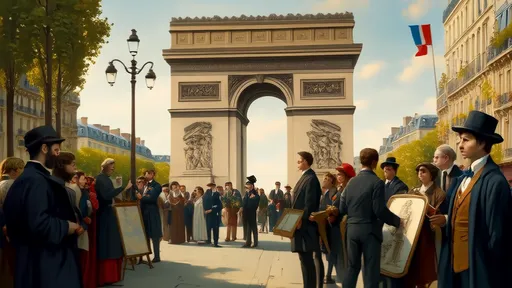
By /Jun 26, 2025

By /Jun 26, 2025
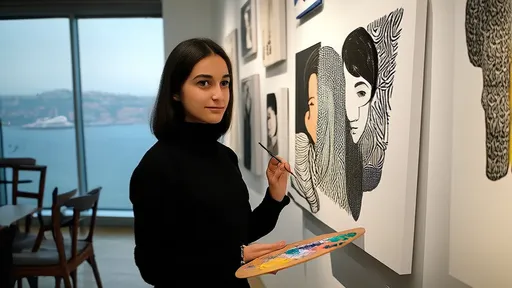
By /Jun 26, 2025

By /Jun 26, 2025

By /Jun 26, 2025

By /Jun 26, 2025
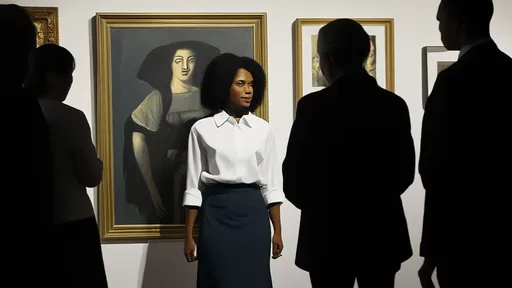
By /Jun 26, 2025

By /Jun 26, 2025
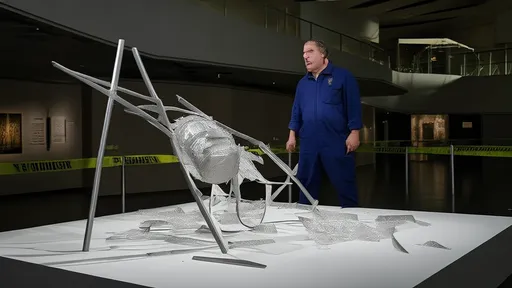
By /Jun 26, 2025
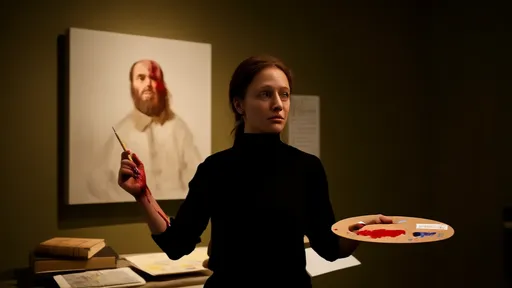
By /Jun 26, 2025
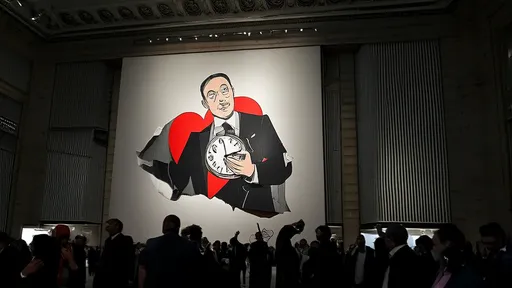
By /Jun 26, 2025

By /Jun 26, 2025

By /Jun 26, 2025